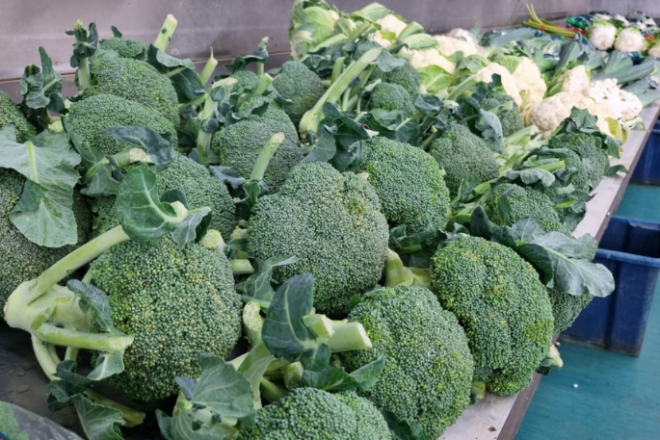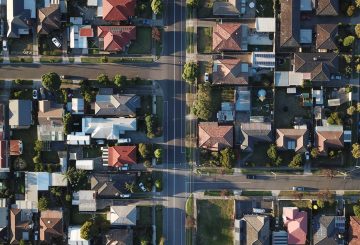本周各种蔬菜的价格有所下降,在本周发布食品价格指数之前,这让新西兰消费者和种植者松了一口气。
蔬菜生产商LeaderBrand表示,价格下跌是天气事件中可喜的复苏、气温升高以及整个市场供应充足的结合。
LeaderBrand首席执行官理查德·伯克表示,大量的西兰花意味着消费者将开始从较低的价格中受益。
“西兰花本周每人2美元,下周应该差不多。我们为团队的努力感到自豪,我们希望新西兰人会欢迎较低的价格,” 他说。
新鲜蔬菜价格的下跌对消费者来说是一个积极的进展,也是冬季的最佳时机,那时我们都需要增加维生素和矿物质来抵御感冒和疾病。
“我们讨厌看到新西兰人无法购买新鲜农产品。我们知道蔬菜是健康均衡饮食的重要组成部分,冬季是增强免疫力的重要时机,免疫力富含新鲜蔬菜。
他说:“在接下来的几周内,我们真的希望新西兰人能够利用较低的价格,例如西兰花、卷心生菜、菠菜和大量其他蔬菜。”
随着全国各地的种植者开始恢复正常的种植和收获时间表,消费者应该开始看到更稳定的价格。
来源:sun live.co.nz




























































